What Is DRM? Understanding Digital Rights Management
eSecurity Planet
MAY 20, 2024
Digital rights management (DRM) is an encryption technology that enforces creator’s rights. The most well-known examples restrict making copies of digital files, yet there are other techniques and use cases to explore — as well as benefits and challenges. IP address, geographic location, or device type.


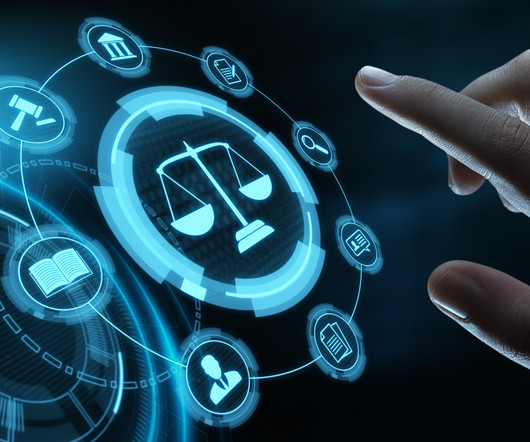
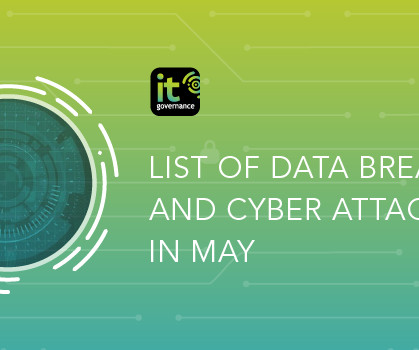
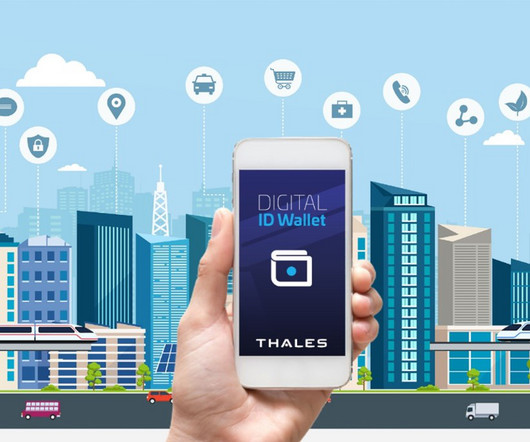
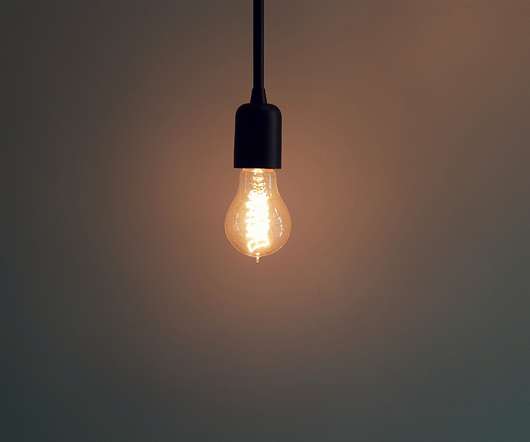
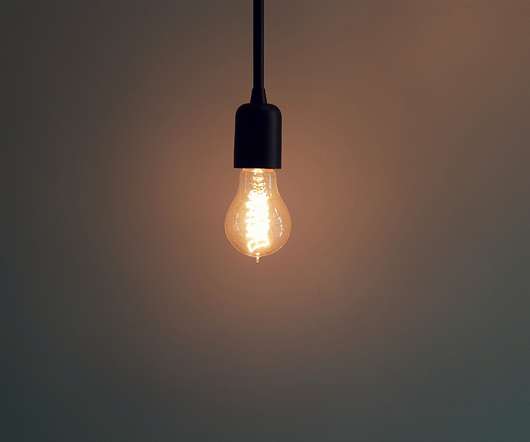







Let's personalize your content